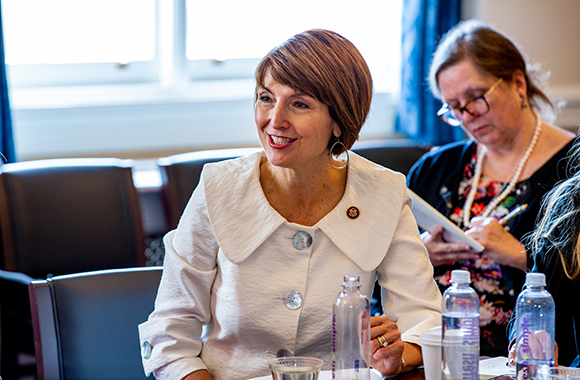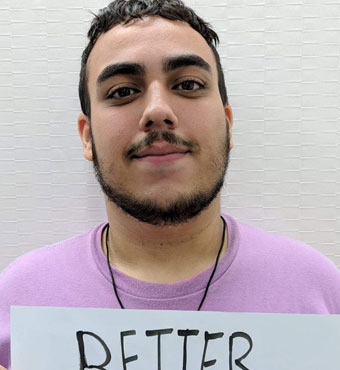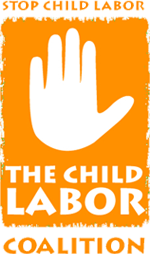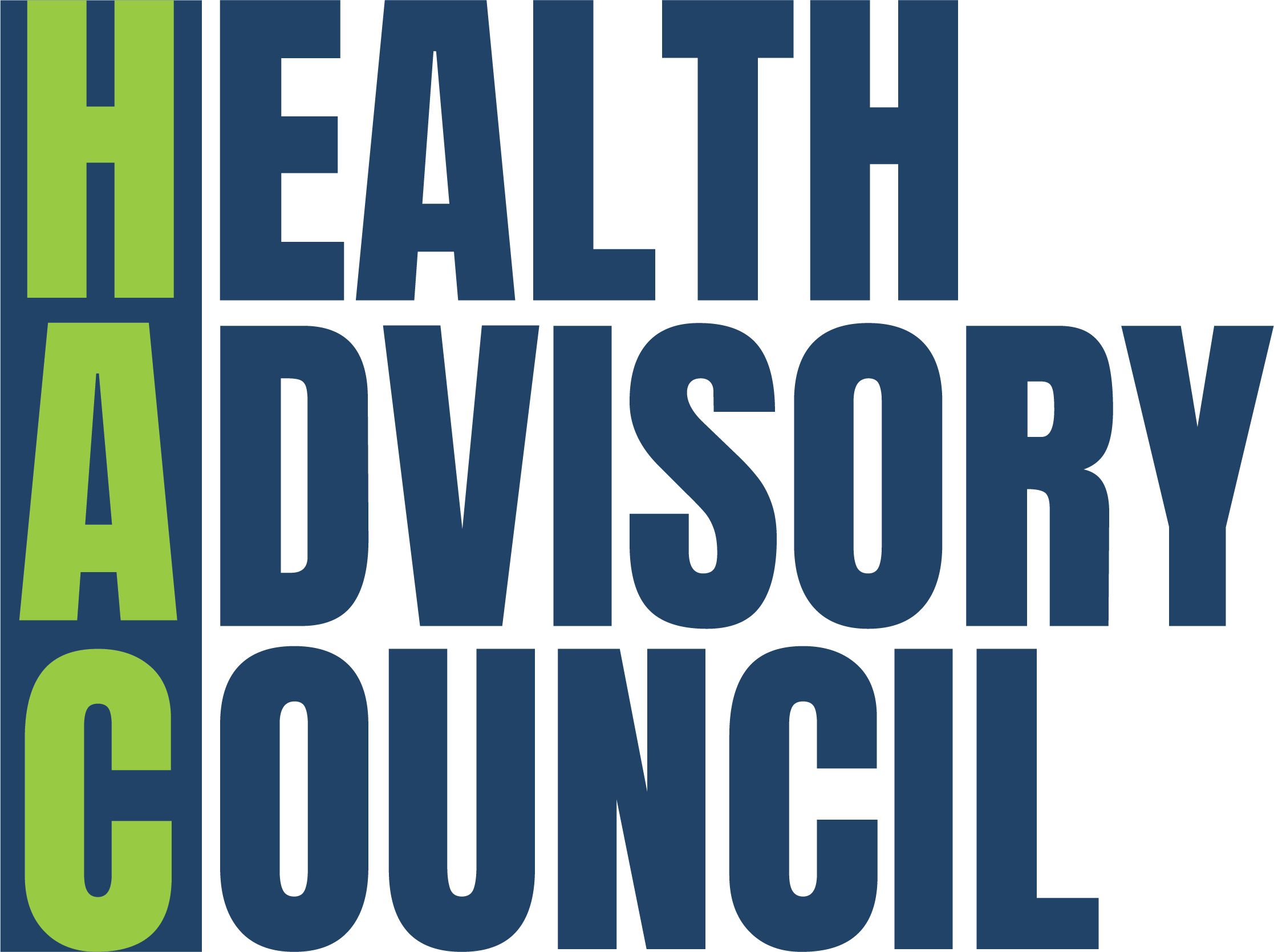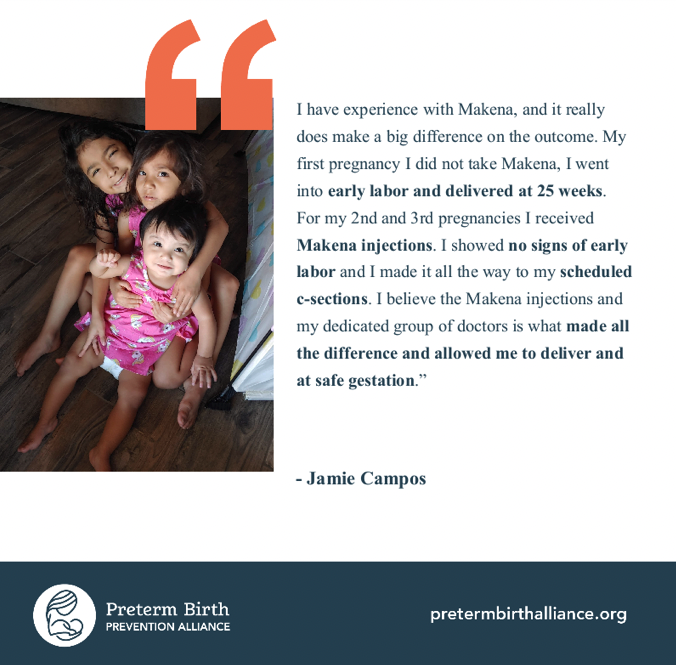Op-Ed by NCL CEO Sally Greenberg
As the expression goes, the road to hell is paved with good intentions. As this new administration seeks to root out fraud and abuse in government programs, there’s actually one that could use scrutiny and a major overhaul. Created with the best intentions, the 340B Drug Pricing Program was designed to help low-income and uninsured patients access their medications through drug manufacturer discounts to hospitals. Instead, sadly, 340B has veered wildly off course to the detriment of patients. Today, the program has morphed into a financial bonanza for “non-profit” hospitals and the nation’s biggest chain retail pharmacies while patients in desperate need don’t get the benefits of 340B drug discounts.
The sheer scope, size, and growth of the 340B program is staggering. In 2023 alone, 340B program hospitals, chain pharmacies, and other participating entities facilitated a jaw-dropping $66.3 billion in drug purchases, making it the second-largest federal prescription drug program after Medicare Part D. Hospitals account for nearly 90% of these drug purchases, with little transparency about how much profit they derive from the program—or, more importantly, whether these funds are passed along to patients. We do know, however, that only $1 is invested in charity care for every $10 in profit collected by profitable 340B hospitals. This raises serious questions about how hospitals are benefiting financially while vulnerable patients see little relief.
The perverse incentives and lack of transparency in the 340B program – with no requirement that discounts be passed along to patients – has meant an explosion of tens of thousands of hospitals and contract pharmacies with their hands in the till, financed by the discounts that drug companies are required to provide. Many of those hospitals and contract pharmacies operate far from the vulnerable populations 340B was designed to support. One striking example of this is the expansion of the Rural Referral Center (RRC) hospital designation within 340B. Despite the name, 82% of 340B-affiliated RRCs are in urban areas, serving primarily urban patients. Meanwhile, truly rural communities, which face persistent provider shortages and healthcare access challenges, see little to no benefit.
To compound these challenges, millions of Americans struggle with medical debt, often pursued aggressively by hospitals that benefit from 340B. If 340B were working as intended, we would expect to see measurable relief for these patients. Instead, research consistently shows that 340B hospitals charge markups 6.6 times higher than independent clinics.
In states that have put a magnifying glass on 340B, the results are devastating. In Minnesota, the Department of Health found that 340B covered entities, healthcare organizations that are eligible to participate in 340B including hospitals, health centers, and other safety net providers, earned a collective net revenue of at least $630 million in 2023 from the programs. In North Carolina, the State Treasurer found that hospitals used 340B to overcharge cancer patients, state employees, and taxpayers for oncology medicines. When treating state employees with outpatient oncology infusion drugs, 340B hospitals imposed an average price markup of 5.4 times their acquisition costs.
Even more troubling is how pharmacy benefit managers (PBMs), contract pharmacies, and third-party administrators have carved out a lucrative role in the 340B supply chain. Rather than directing cost savings to low-income patients, these middlemen are profiting off the safety net. PBMs negotiate drug prices, often prioritizing their own profits through fees and markups. Contract pharmacies, which are supposed to increase access to medications, retain significant portions of the discounts as profit. Third-party administrators manage program complexities, but their fees can consume much of the savings. An investigation by The New York Times found that a private business that oversees the program has played a key role in morphing 340B into a profit center and aiding hospitals in efforts to generate more revenue.
340B reform demands comprehensive efforts with clear, enforceable policies to restore the program’s focus of easing the burden for vulnerable patients of prescription drug costs. Hospitals must disclose what their 340B discounts are and demonstrate how those funds are being reinvested in patient care. Implementing a clearinghouse and claims-level data system would provide much-needed visibility into whether hospitals are using 340B savings as intended rather than padding their bottom lines.
If Washington is serious about cutting waste and protecting American consumers, let’s start with the well-intentioned but off-kilter 340B program. It must not continue to be a financial windfall for hospitals, pharmacies, and middlemen while leaving patients behind. Congress must act now to restore 340B to its original mission—ensuring it helps the low-income and vulnerable patients it was designed to serve.
